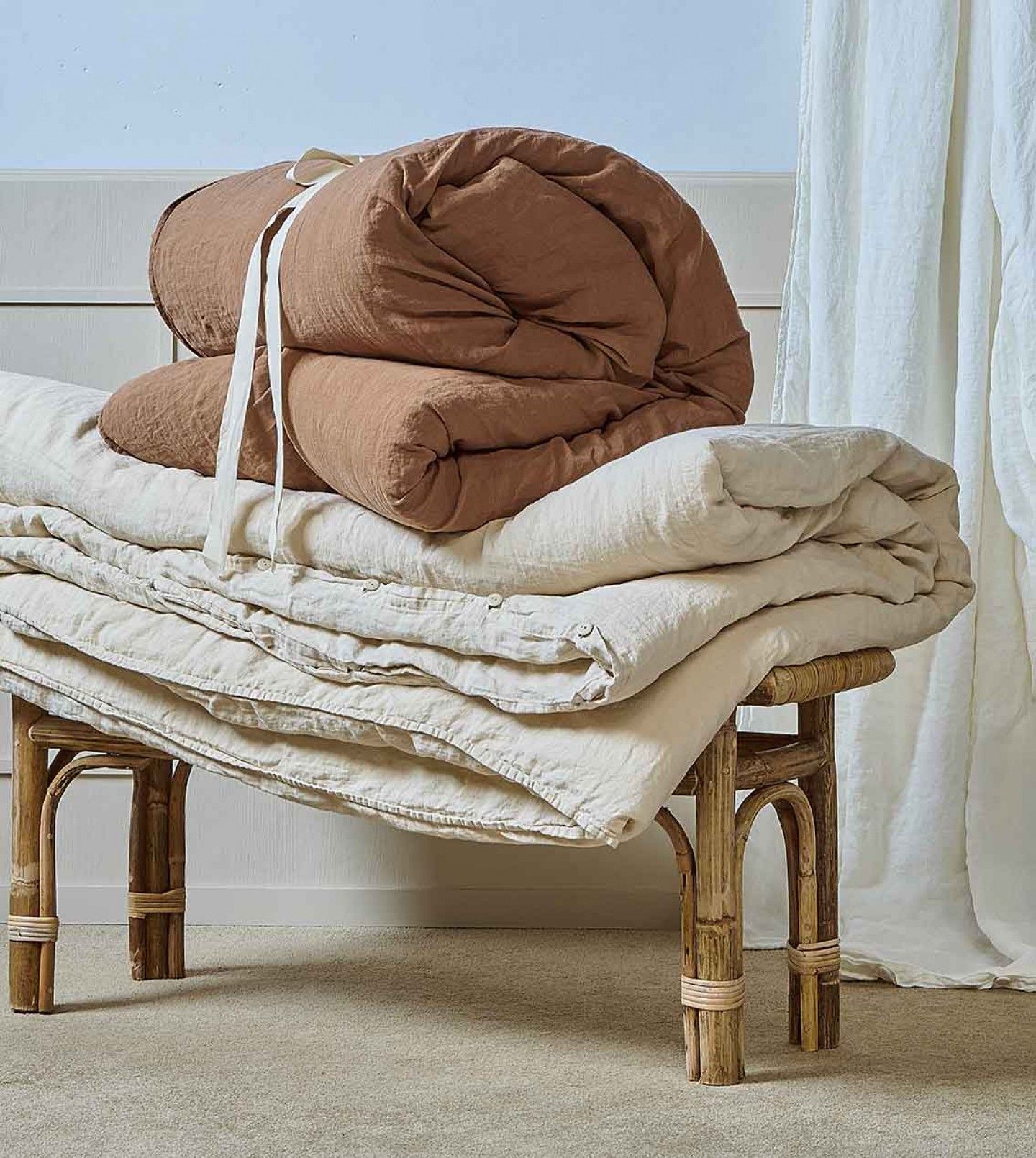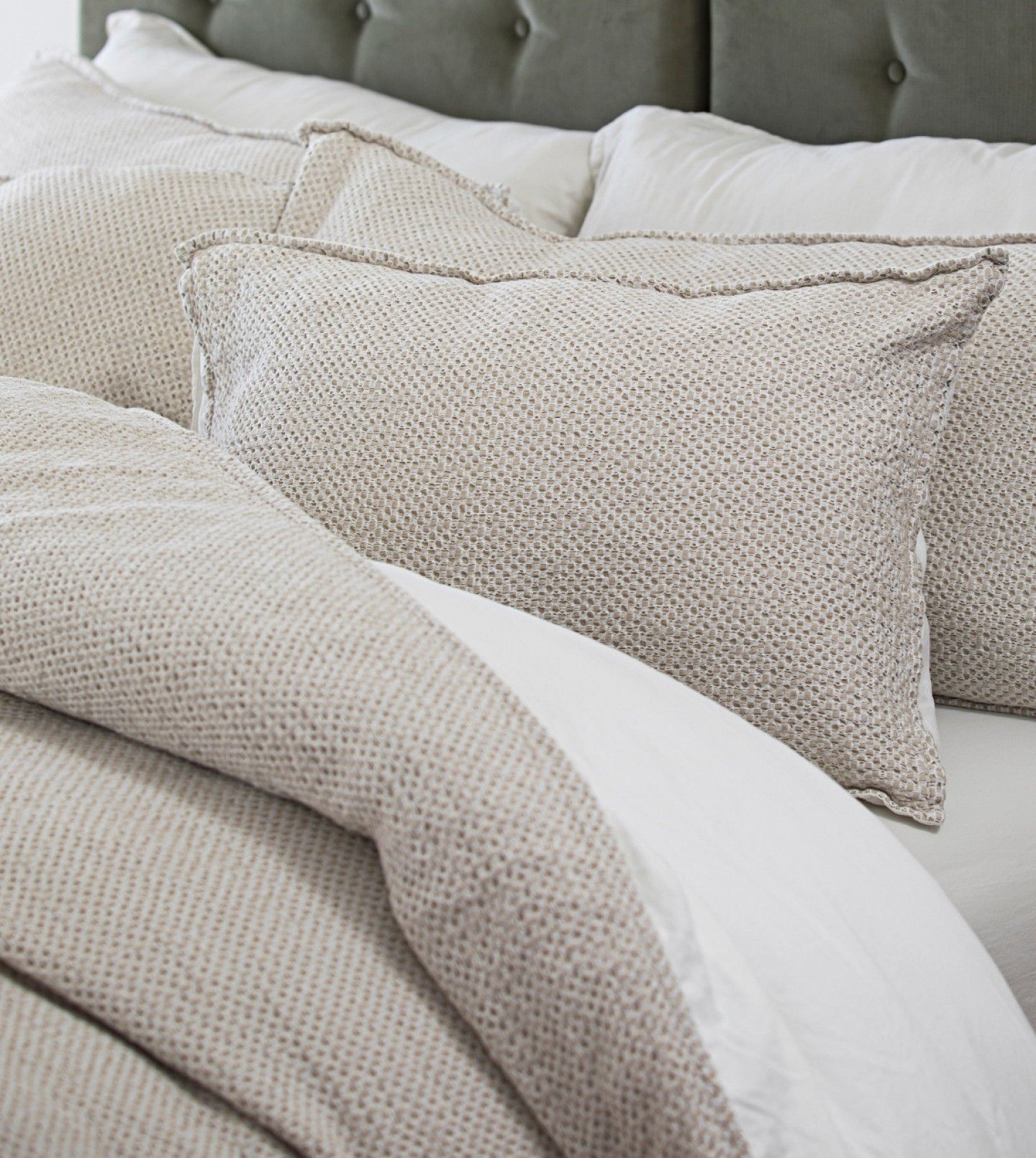Satin is known worldwide for its brightness, texture, and elegance.
It is used in decoration, upholstery, and bedding, but also in clothing.
Traditionally, satin was exclusively produced from silk. From the 20th Century, Satin began to be produced through other raw materials, making it more accessible and present in different parts of our daily lives.
In this article, we tell you all about Satin.
What is satin?
Satin is a fabric made by interweaving fine threads, which gives it a shiny, silky appearance.
What you may not know is that satin is not a material, but a weaving technique.
Satin weaving uses a pattern of one thread underneath and at least 4 weft threads on top. The shiny (right) and opaque (reverse) sides are thus made by multiple repetitions of interlacing wools. The result of this technique is a thicker, warmer, and heavier satin texture with a very subtle sheen that feels luxurious.
The wools used can be silk, polyester and cotton. Depending on the raw material used in weaving, the end product will have different textures. In the case of polyester, the fabric often makes you sweat, while cotton produces a satin material with higher quality, not overheating the body and being softer to the touch.
Seeds Concept uses 400 thread cotton satin. Our satin is 100% cotton garment dye, which means it has a finish and wash after the garment is made.
In our daily life, we often find this fabric in home textiles and clothing. In the case of bed linen, this is the most suitable for those looking for soft sheets at bedtime. In addition to the softness of the fabric, it is also antistatic, i.e. it removes static electricity, protecting the health of the skin and hair of those who use these sheets.
As with other materials we must take into consideration some care when washing it, in order to preserve the material and maintain the product's durability, such as:
- Wash up to 30º in the machine
- Iron with a hot iron, maximum temperature 150°C
- Tumble dry at low temperature (possibly less than 60°C).
- Do not use bleach
Now that you know the origins, how satin is made and how to care for it, we share our most popular home textile products: satin sheets, pillowcases & shams, and duvet covers.










